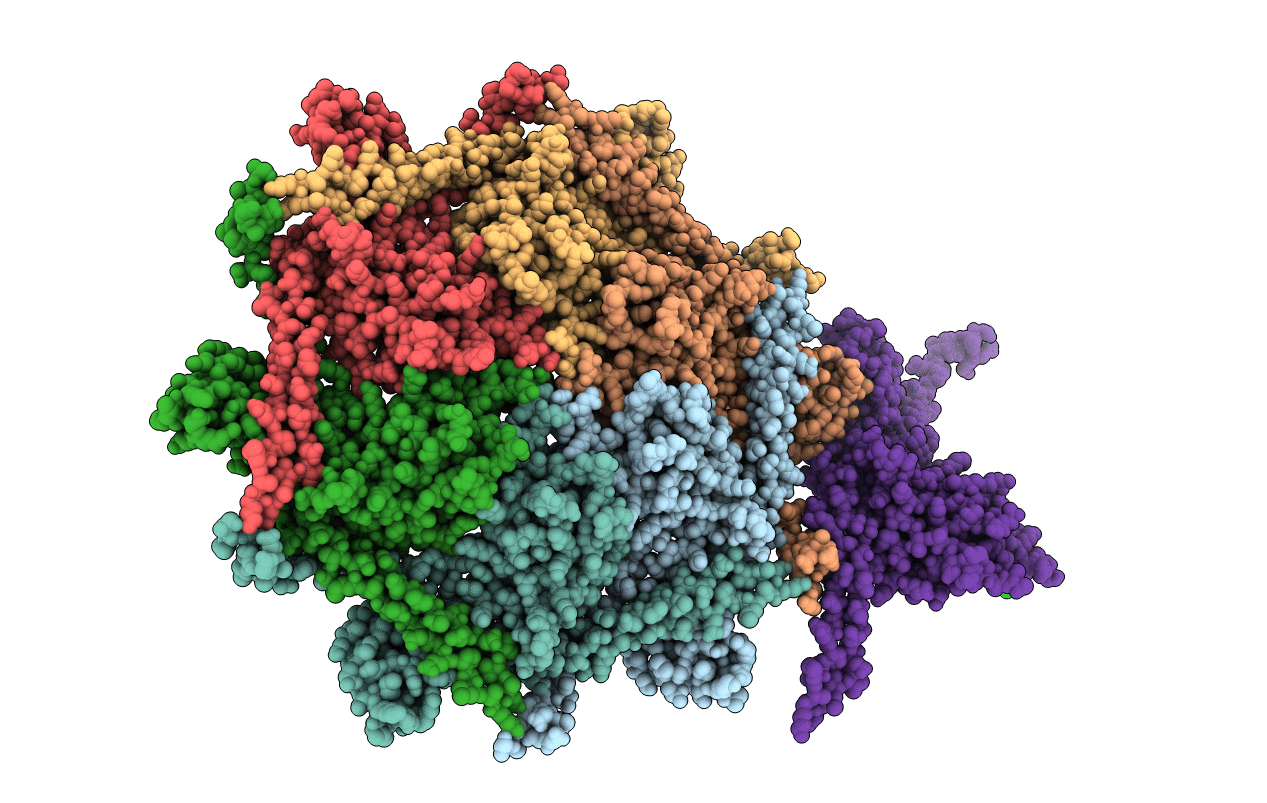
Deposition Date
2003-05-26
Release Date
2003-12-11
Last Version Date
2024-05-01
Entry Detail
Biological Source:
Source Organism:
BACTERIOPHAGE HK97 (Taxon ID: 37554)
Host Organism:
Method Details:
Experimental Method:
Resolution:
3.45 Å
R-Value Free:
0.37
R-Value Work:
0.37
R-Value Observed:
0.37
Space Group:
P 1 21 1


